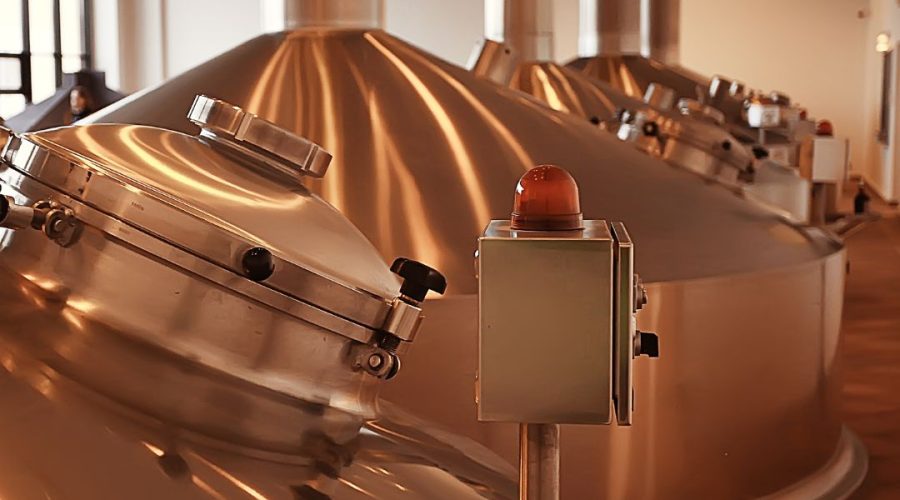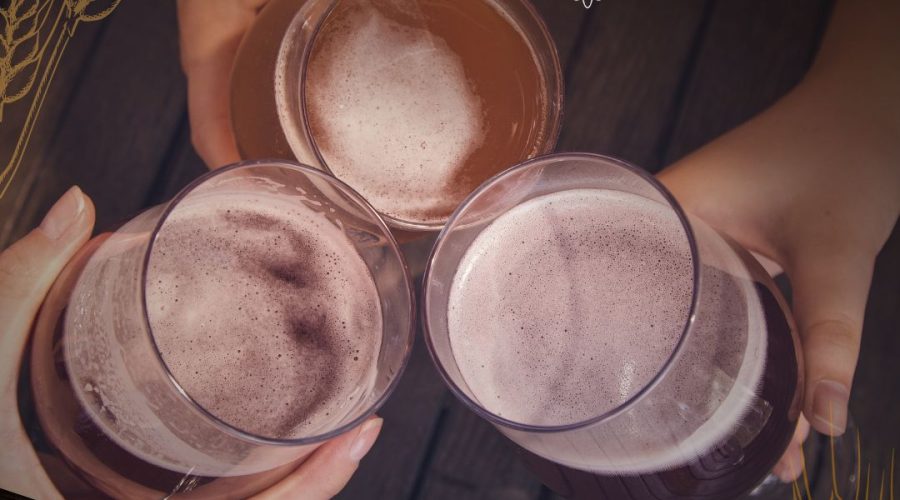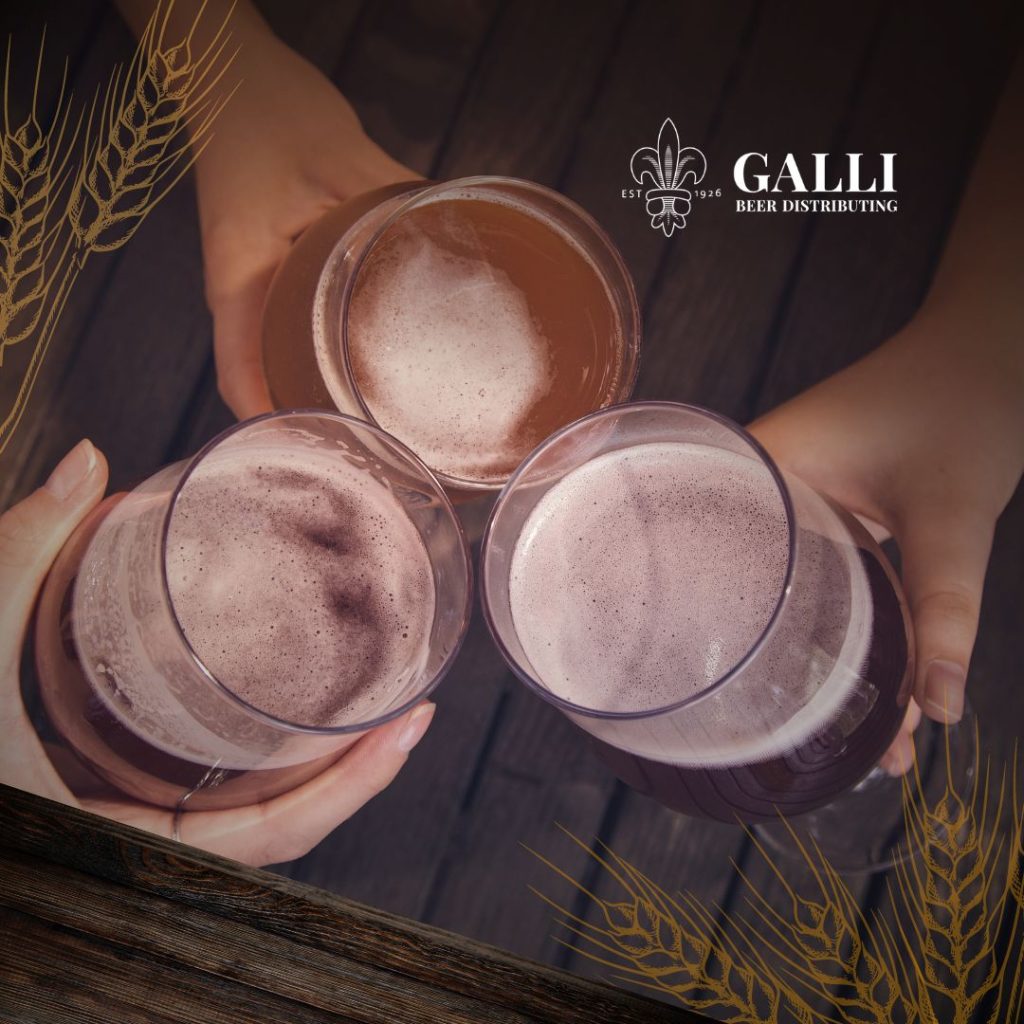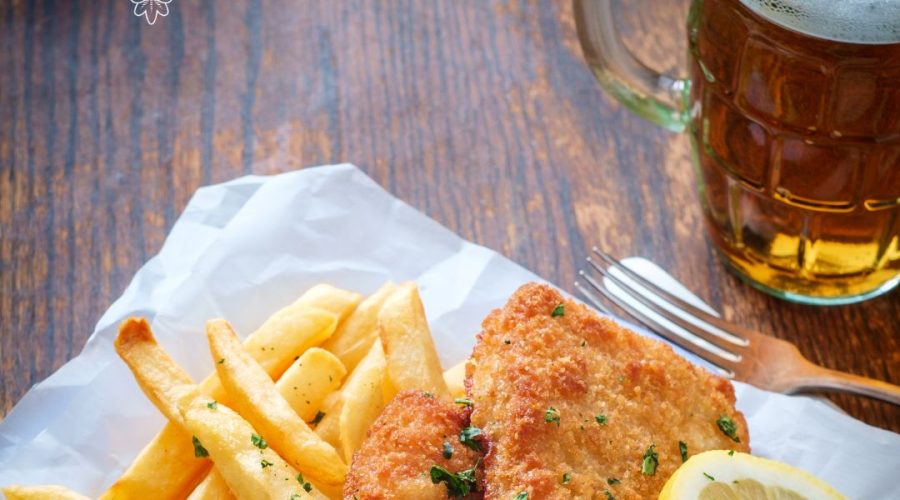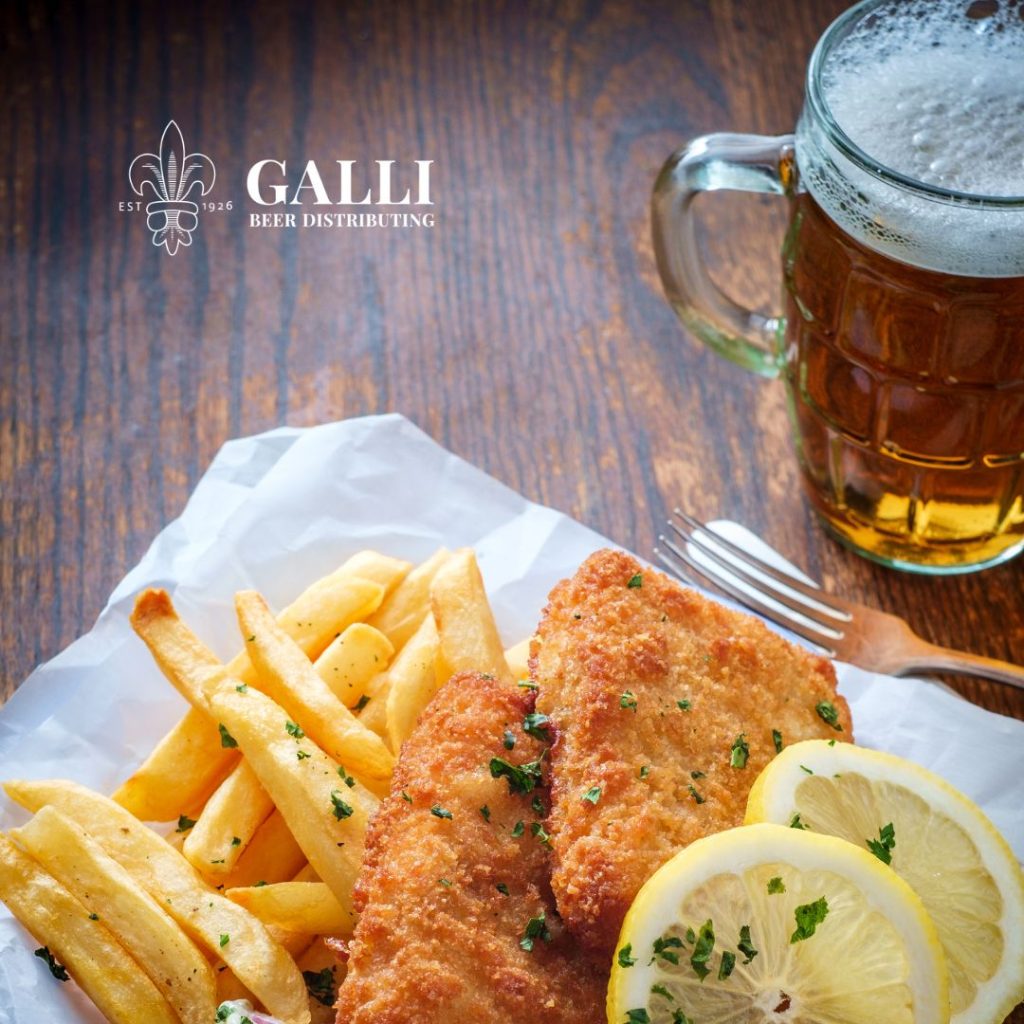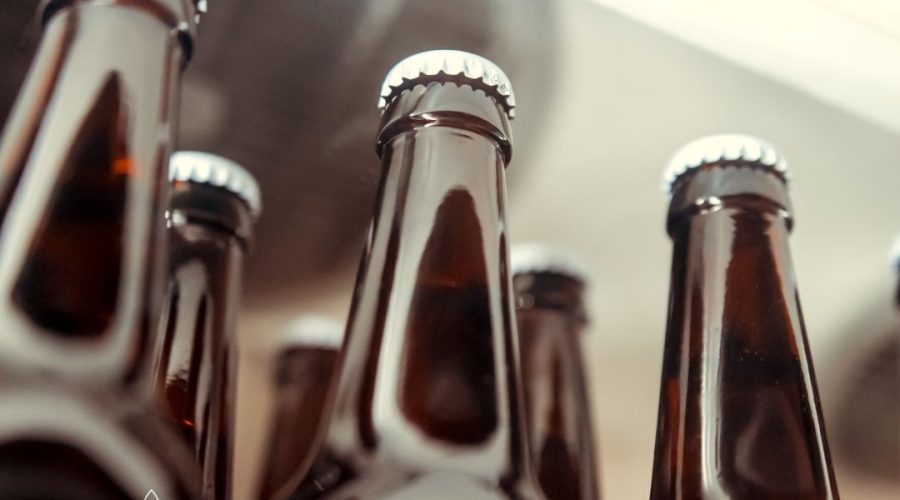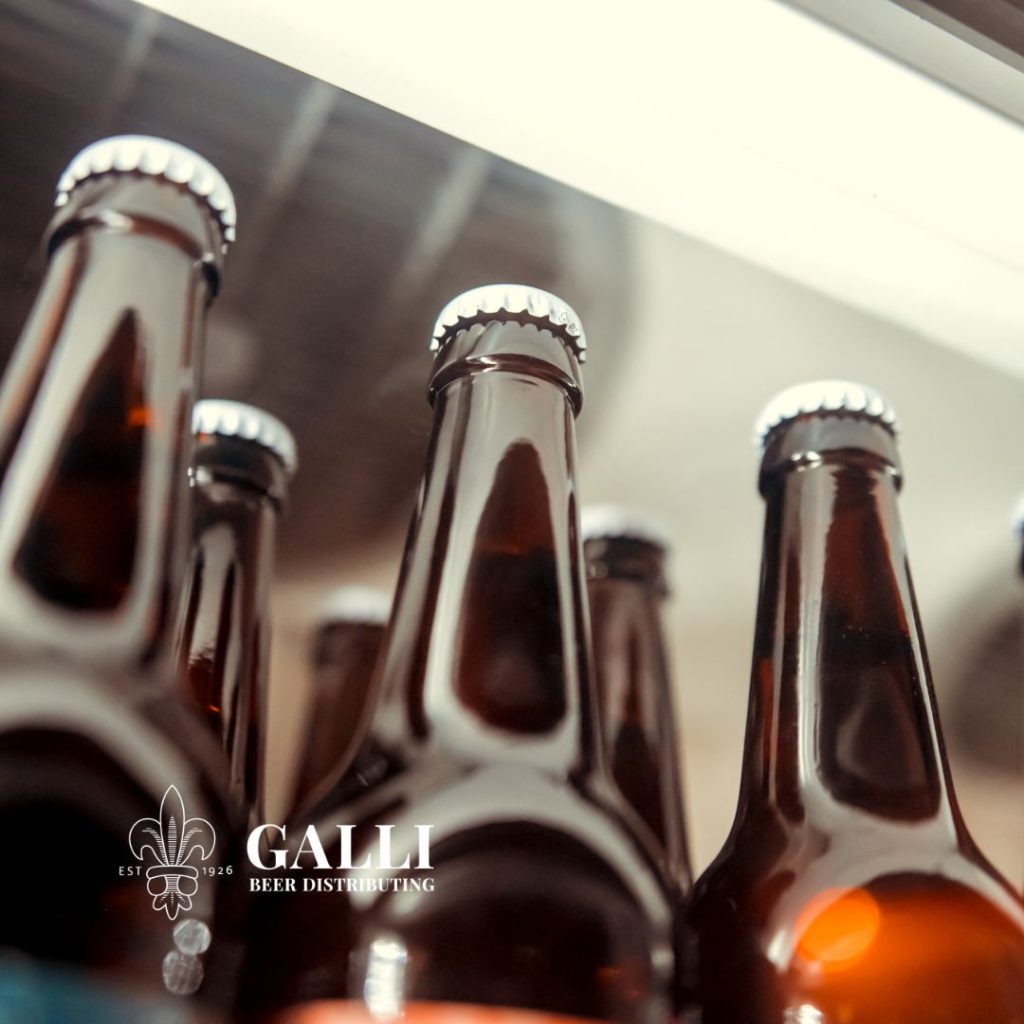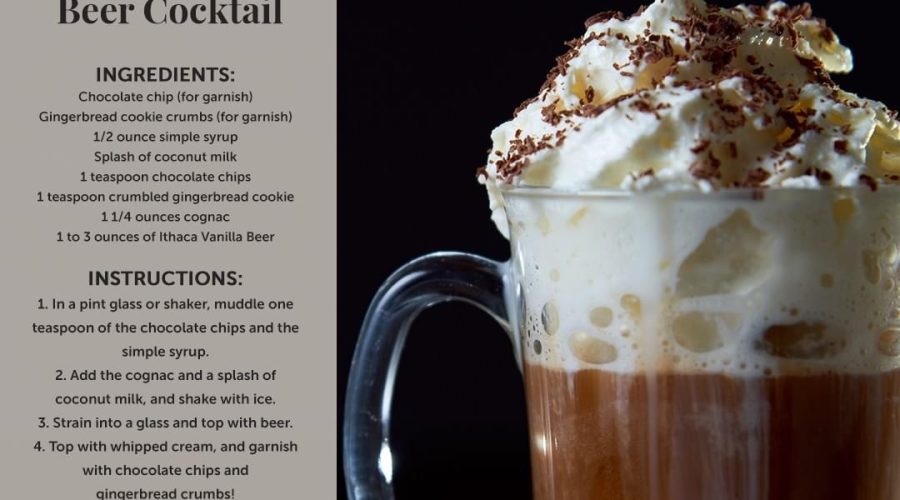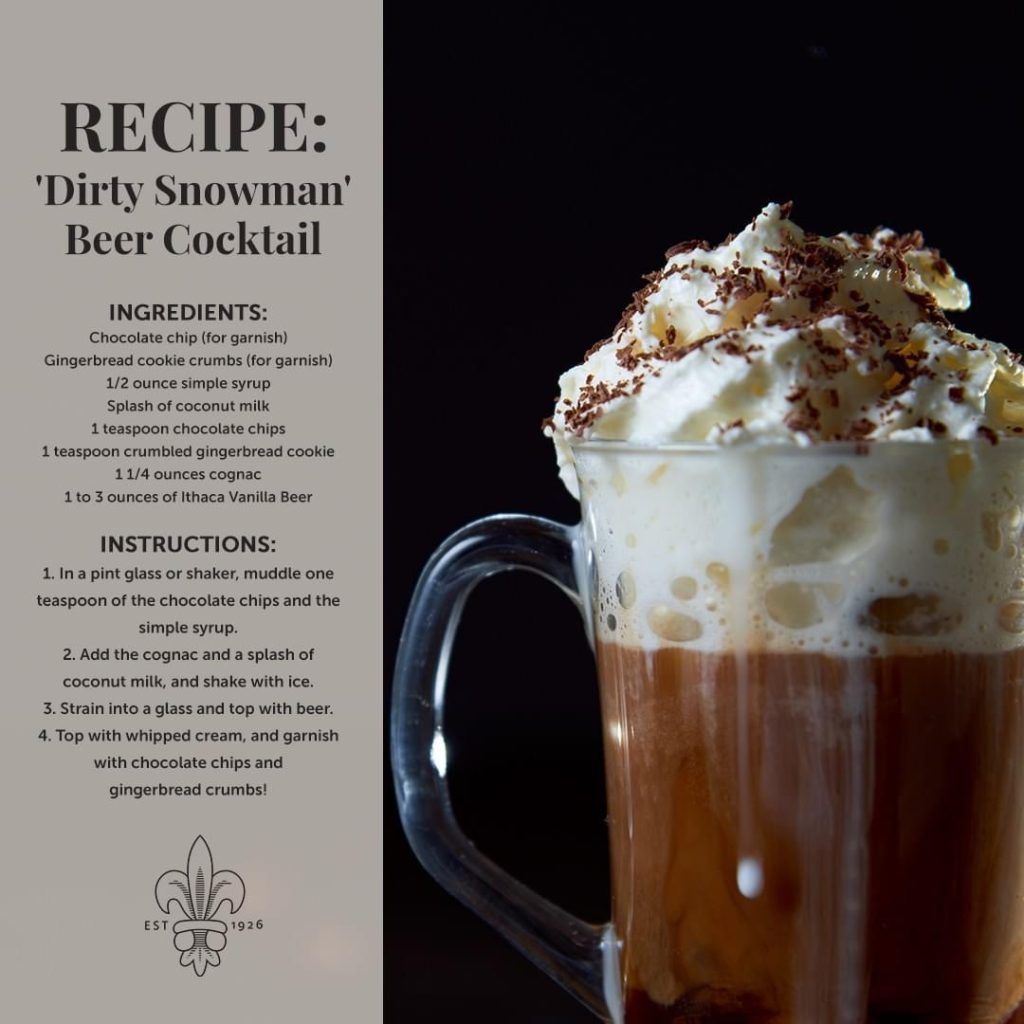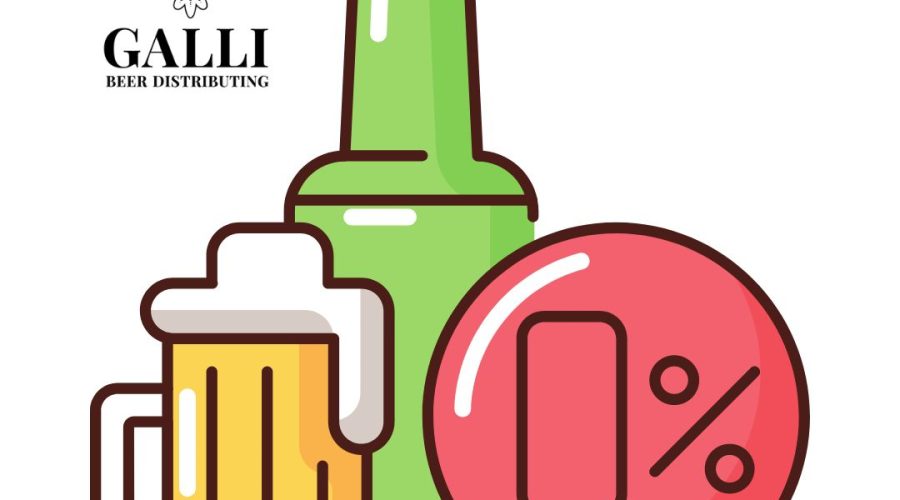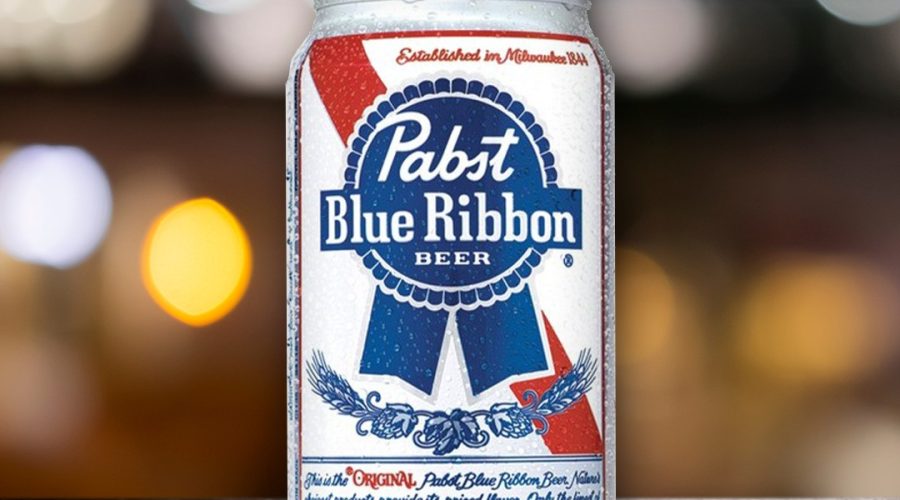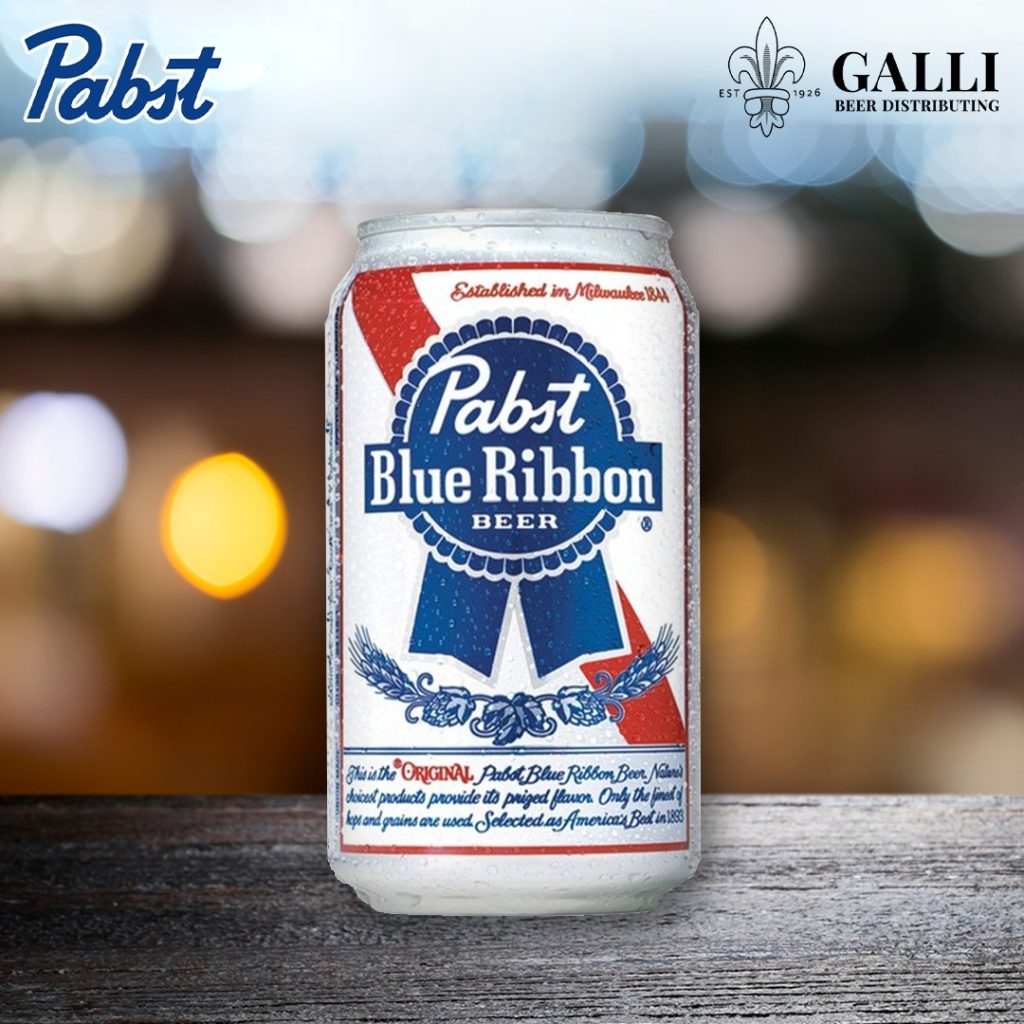12 Fascinating Facts About Craft Beers: Exploring the World of Brews
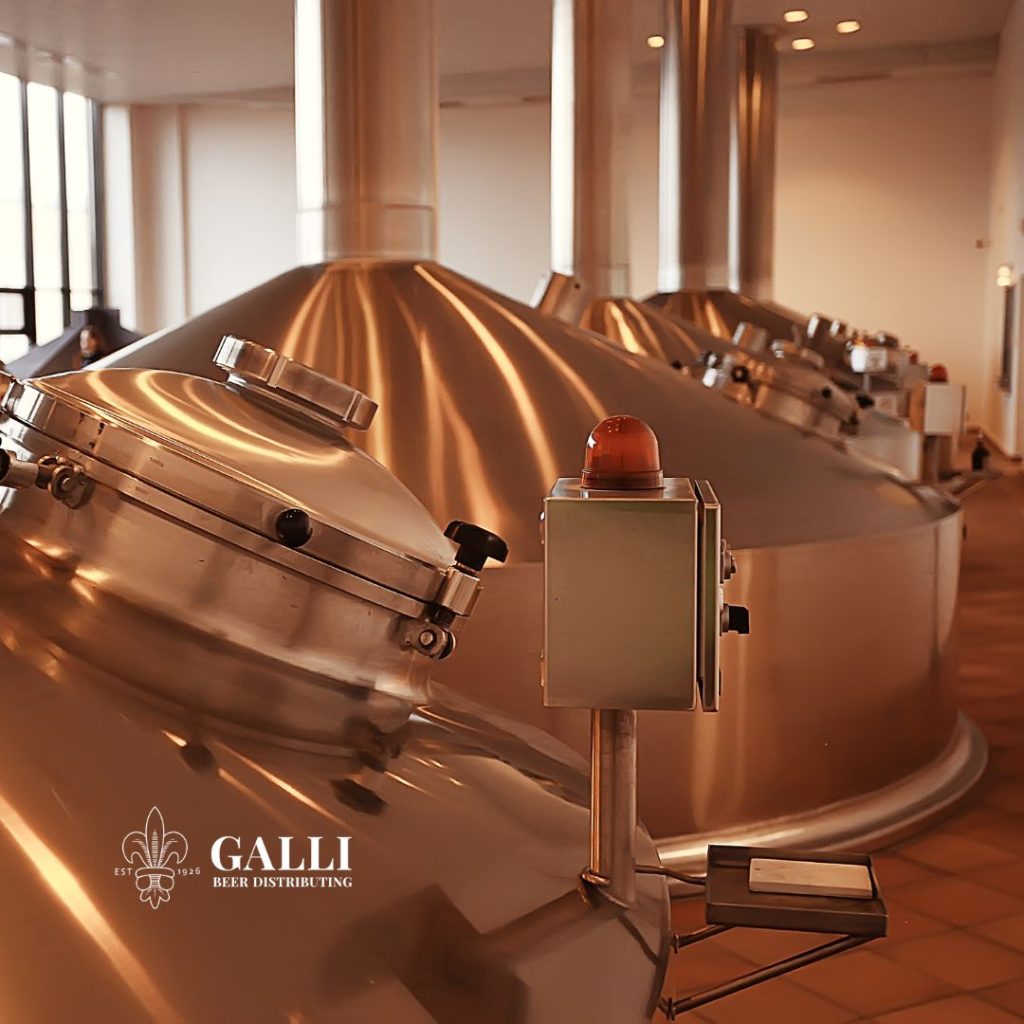
Craft beer has taken the world by storm, captivating the taste buds of beer aficionados and casual drinkers alike. With its emphasis on quality, flavor diversity, and artisanal craftsmanship, the craft beer movement has transformed the landscape of the brewing industry. Whether you’re a seasoned beer connoisseur or just beginning to explore the world of craft brews, here are 12 fascinating facts that shed light on this beloved beverage:
- Craft Beer Renaissance: The craft beer revolution gained momentum in the late 20th century, sparked by a growing dissatisfaction with mass-produced beers and a desire for more flavor-forward options.
- Small Batch Production: Unlike mass-produced beers, craft breweries typically produce beer in smaller batches, allowing for greater experimentation and quality control.
- Artisanal Ingredients: Craft brewers often use high-quality, locally sourced ingredients, including specialty hops, grains, and yeast strains, to create unique and flavorful brews.
- Brewing Innovation: Craft brewers are known for their innovative spirit, constantly pushing the boundaries of traditional brewing techniques to create bold new flavors and styles.
- Beer Styles Galore: From hoppy IPAs to rich stouts and sour ales, craft beer encompasses a wide range of styles, each with its own distinct characteristics and flavor profiles.
- Community Connection: Craft breweries often serve as community hubs, bringing people together to enjoy great beer, live music, and local events.
- Environmental Consciousness: Many craft breweries prioritize sustainability, implementing eco-friendly practices such as water conservation, energy efficiency, and waste reduction.
- Beer Tourism: The rise of craft breweries has led to a surge in beer tourism, with travelers visiting breweries to sample local brews and experience the unique flavors of different regions.
- Beer and Food Pairing: Craft beer pairs exceptionally well with a variety of foods, offering endless possibilities for creative culinary combinations and flavor enhancements.
- Independent Spirit: Craft breweries are typically independent and locally owned, fostering a sense of community pride and supporting small businesses.
- Homebrewing Culture: Many craft brewers started as homebrewers, experimenting with recipes and techniques in their own kitchens before turning their passion into full-fledged breweries.
- Global Influence: The craft beer movement has gone global, with craft breweries popping up in countries around the world and influencing brewing traditions everywhere.
From its humble beginnings to its global impact, craft beer continues to captivate drinkers with its rich history, diverse flavors, and vibrant culture. Whether you’re sipping on a classic pale ale or sampling a cutting-edge sour, each craft beer offers a glimpse into the creativity and passion of the brewers behind it. So raise a glass to the wonderful world of craft beer and cheers to the endless exploration of flavor!

